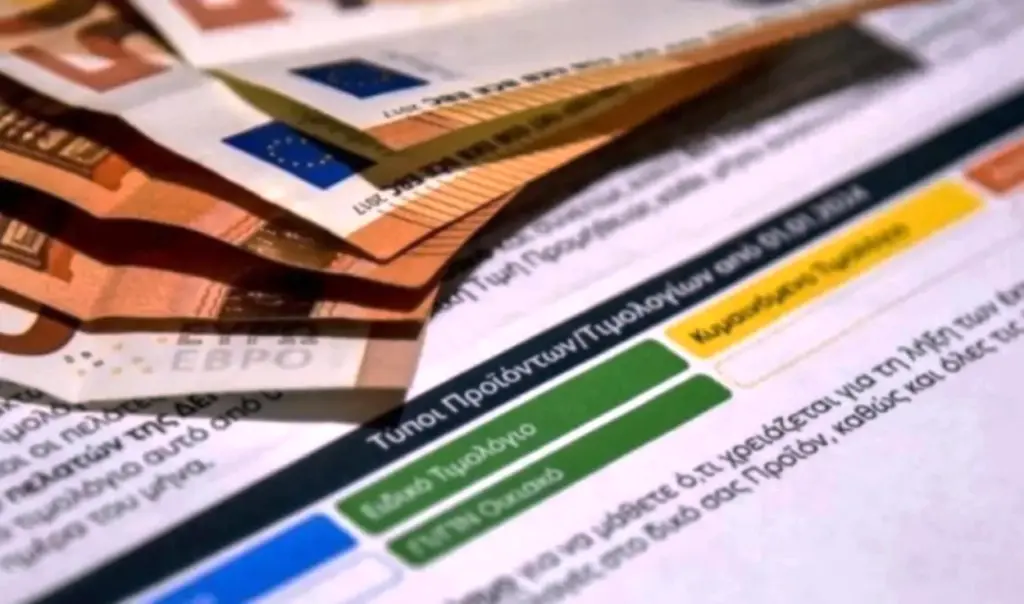The prices of green electricity bills for September are expected to be significantly reduced, according to market experts’ estimates. The forecast is based on the de-escalation of wholesale electricity market prices in August compared to July.
So far, a drop of approximately 27% in average wholesale prices has been recorded, while mid-month saw negative pricing phenomena, resulting from increased production from solar and wind farms due to strong winds that prevailed for several days.
Read: Under RAAEU’s “microscope”: the new scenario in the electricity market
Electricity bills: Cheaper power from September due to wholesale drop
Specifically, high renewable energy production combined with strong winds created electricity oversupply, leading to price drops. In the first 26 days of the month, average wholesale prices stand at €73 per megawatt-hour, down from €100 in July and €129.83/MWh in August 2024.
Last month, most providers had increased green tariffs by an average of 5% compared to June, with PPC being the only significant exception, having reduced prices. However, the scenario has now changed, leading to expectations of new reductions in green tariffs.
Market sources, commenting on this summer’s price formation compared to last year, note that “generally, this year didn’t have difficult conditions. There was better preparation regarding interconnection operations and unit maintenance, no unexpected phenomena were recorded, and no developments are expected to overturn current data. It’s also significant that natural gas flows are moving at normal levels.”
Blue electricity tariffs: Consumer shift and new products in the market
New products are expected to be added to the retail electricity market in the near future, while the scenario appears to have changed compared to a year and a half ago, when many consumers mainly chose green tariffs.
In just the first five months of 2025, 241,258 customers left green tariffs and turned mainly to blue tariffs, which offer fixed charges from 9.9 cents per kilowatt-hour, with durations that can reach up to two years.
The critical question for the coming period is the pricing policy providers will follow for fixed tariffs, as the duration of many expires during autumn. The question is at what levels the new prices will move.
New wave of energy savings for households
It’s worth noting that a year ago, the first blue tariffs were launched with attractive pricing that drew a large number of consumers. Market estimates show that greater activity is expected in the coming weeks, as citizens seek a combination of lower costs and packages that match their household’s energy profile.
The reason is the gradual introduction of more products in the dynamic pricing category, which requires installing more “smart” meters and familiarizing consumers with using energy-intensive appliances during peak solar production hours, when electricity is cheaper. Apps and platforms that providers will gradually offer will contribute to this direction, providing lower electricity prices as incentives.




